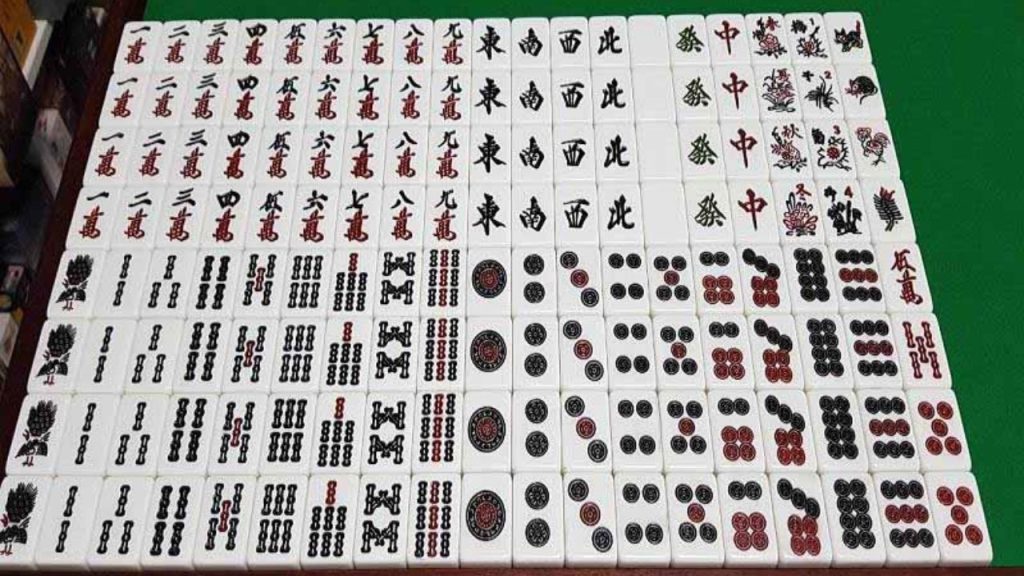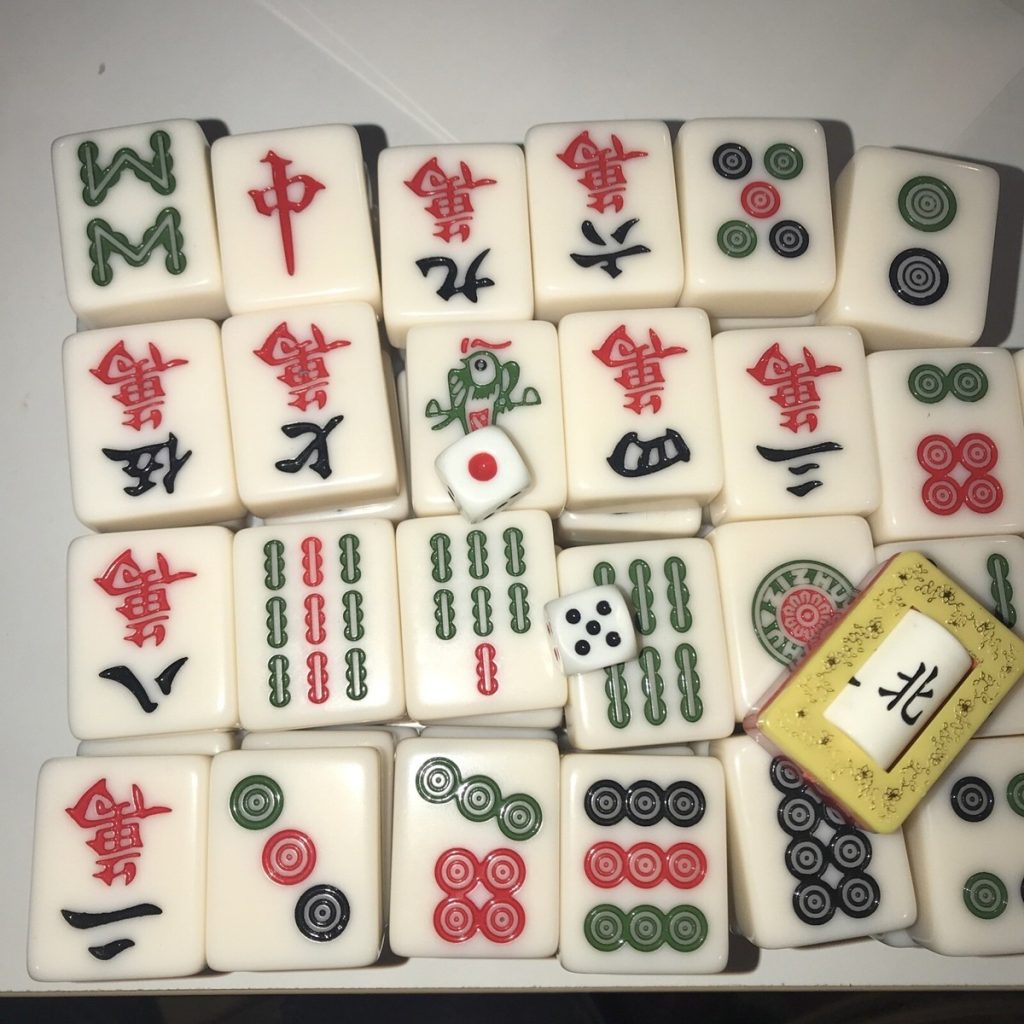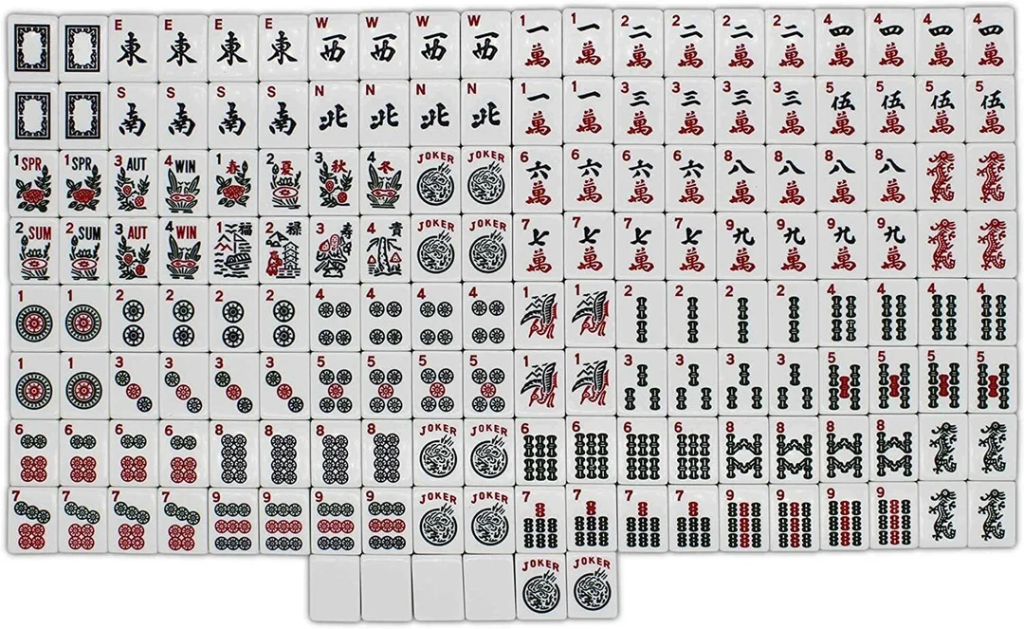
Mahjong is an intriguing mix of strategy, luck, and culture with its roots in ancient China as a game of skill and mental sport based on tiles that can be quite social. The basis of this fascinating game is the set of tiles used for each game.
Understanding the basic number of tiles involved in the game of Mahjong is essential for new players wishing to understand how to play the game, and for old hands as a consolidation of their strategies. This brief but comprehensive guide will explain tile count, varieties, and informative knowledge that will help you in gaining a full understanding of this beautiful game.
Historical Background of Mahjong Tiles
Mahjong first appeared in 19th Century China, where it had its origins in card games and dominoes, which became the basis for the new system of tiles. These tiles were originally made of bamboo and bone, though at the present times they are made from modern plastics for the sake of durability in those very strenuous games. In this way the manufacturers of tiles and games made these tiles durable, so that they would stand the ravages of heat battles.
Additionally, as all tiles embody symbolic significance, they all relate to classical Chinese philosophy: prosperity, seasons and so forth, thus adding many interesting sidelights upon the game as well as the play. In all varieties of tile-structure they are made upon the same general plan, but of course various systems of enumerating them function in various games.
Standard Tile Count in Classical Chinese Mahjong
There are 144 tiles in all in Chinese Classical Mahjong, a number generally realized to be an interesting compromise that makes the game not too difficult and not too simple for four players. These 144 tiles are arranged into suits, honors and bonus, so that there are innumerable combinations that add freshness to the play of the game.
The players are obliged to employ strategy in the drawing and discarding of the tiles in order to make their winning hands, which makes the set number essential as regards fairness in the game. This standard is also present in most official tournaments, so that players can expect consistency in competitions.
Breaking Down the Suits
Mahjong has 3 main suits, dots, bamboo and characters, which make up 36 tiles numbered from one to nine. The suit of dots is symbolic of gold or circles which mean wealth in ancient legend.
Other suits have their symbolic meanings with the bamboo tiles denoting flexibility and yielding to the natural world while the characters symbolize numerology which adds depth of strategy appealing to the mind. These suited tiles make up most of the 108 in the general set and challenge the players into runs and sets of the most rigorous construction.
Honor and Bonus Tiles Explained
There is also a class of honor tiles, winds and dragons comprising 28 tiles which enter into play the ideas of direction and elements of strategy. The 4 wind tiles, east, south, west and north symbolize compass and points of the table. Also we have the 3 dragons, red, green and white, the values of which add to games luck or protection in their traditions. We also have a class of 8 flower and season tiles whereby extra points may be had.
Such tiles alter the character of the game in giving the player added interest and stress without interfering in the count.
Variations in the Number of Tiles in Different Versions
The American game uses 152 tiles, introducing the joker to accelerate play to the needs of the American and to conform to his rhythm of play. The Japanese Riichi is played with 136 tiles, leaving off all flowers and seasons, as the necessary exactions of time and speed are gone after and subtlety is the impelling force of play.
In the Hong Kong types of game we have 144 tiles used with local variations of some regional artists. These adaptations show the effort of world seamless adaptations by which the popular game of the ages may continue to be played, without loss of, in the main, originality to meet the requirements of varying populations.
There is also a web browser version of Mahjong, where the gameplay is quite simple — just match two identical tiles and remove them until all the tiles on the board are cleared.

Special Tiles in Local Variations
American Mahjong employs the art of extending the numismatic element of 152 tiles by the literature of 8 Jokers. These are abstract figures, such as clowns, the effect of which is to act as wilds to melds for most of the Tiles but not for honours, since these are represented under the heirloom of Chance.
Japanese Riichi embraces 136 tiles, treating without the bonus types which add and the red half yells for score, one only of each Suit, as dora, thereby contributing to the element of luckiness. It is the special ones, which adapt the types of the fundamental ones, to the purposes of the people with it, which have Jokers attached to them to allow for substitutions, while red-yellow ones have the proclivity of luckiness attached.
Thus, the variations continue to keep alive the adaptability of the tile-types, but loyal to tradition.
This is a generous inter-exchange of tiles between users more interpretive of the business of the annual cards. The red ones in Japan are flaming reds, not allowing of duplication. House rules do not include the introduction of some peculiar local form to it e.g., gold winds at the end of the first round. Thus the specials, etc., add to the responsibility of the individuals of other concessions.

The collector will purchase the varied ones in the way of sets so as to clothe the area impeccably. The digital means of approach convert the types of others easily. The alterations make for approachability. The variations keep the satisfaction of the two varieties of the game intact and living.
Bottom Line
Understanding the different kinds of tiles used in the game of Mahjong allows the beginner or experienced player to formulate strategies for victory while enjoying the history behind the symbolic meaning of the tiles. The following guide describes the various categories of tiles including their characteristics and differences. Thus the reader will be able to appreciate the wonderful opportunities provided to enhance their experience of the game itself.